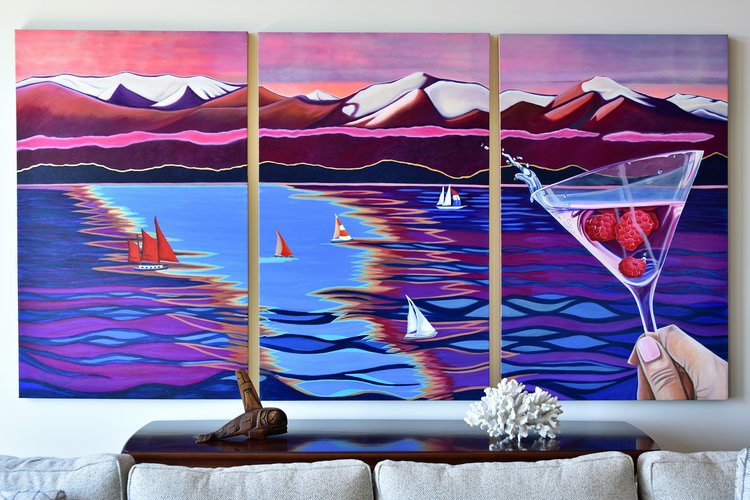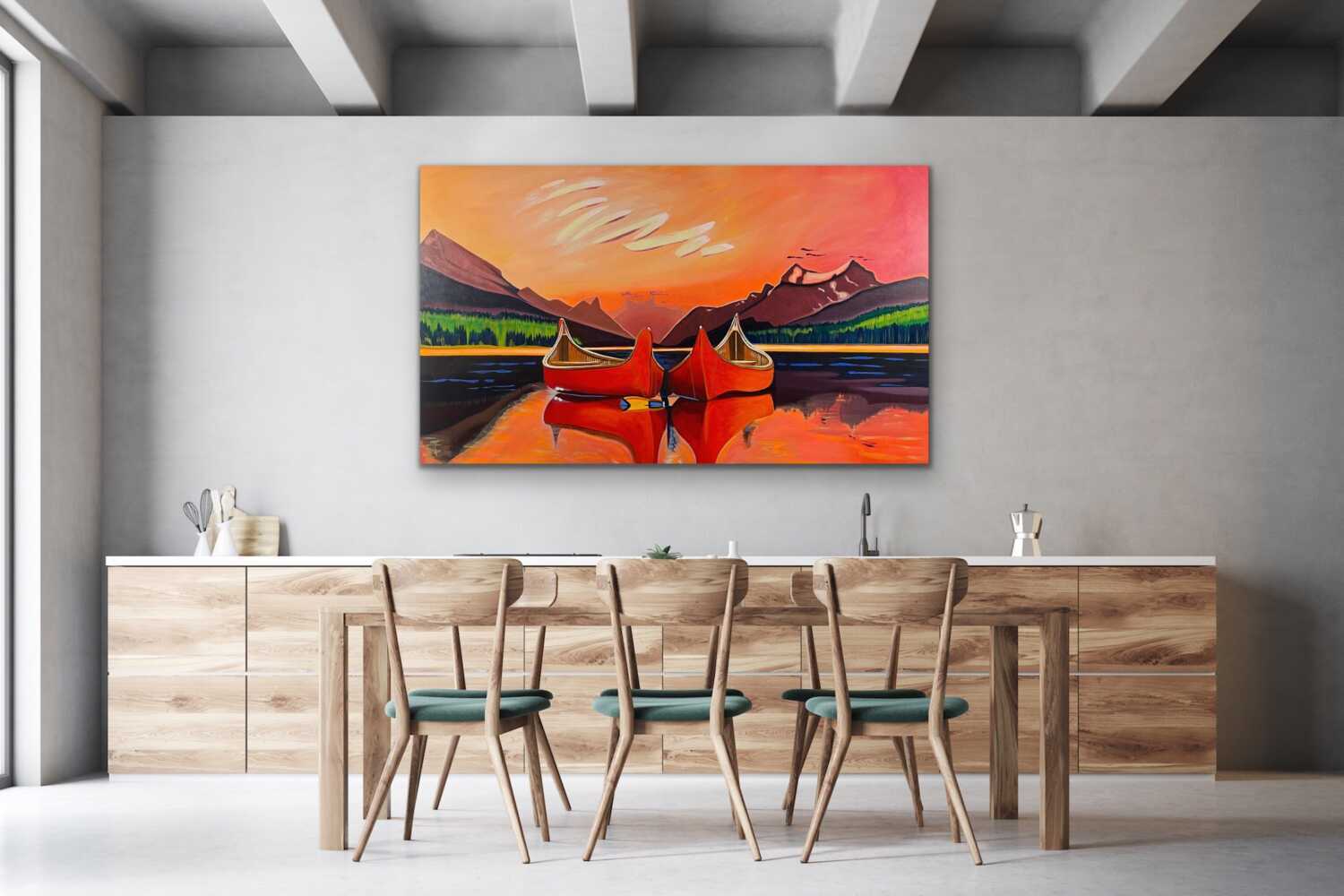Artist Collaboration vs. Commissioning
Artist Collaboration vs. Commissioning: Creative Synergy and Specification
When people think of working with an artist, they often imagine one of two scenarios: collaboration with the artist on a project or commissioning the artist to bring a specific vision to life. Both are rewarding experiences in their own right, but they engage the artist in fundamentally different ways. Let’s dive into the difference between these two approaches, exploring how the artist’s creative process plays a crucial role in each.

Collaboration: A Dance of Ideas and Innovation
In an artist collaboration, there’s a fluid exchange of ideas, where both parties actively engage in shaping the final outcome. It’s a creative dance, with the artist not just producing but also co-creating. Here, the client or collaborator becomes part of the artistic journey.
This approach often leads to unexpected, innovative results because the artist has the freedom to experiment, take risks, and bring their unique vision into alignment with the collaborator’s goals. Collaboration thrives on mutual respect, trust, and the understanding that the final piece is the sum of everyone’s input, enriched by the artist’s expertise.
For artists, collaboration is deeply motivating because it taps into their creative process. It allows them to approach the work with curiosity, excitement, and a sense of discovery. When an artist feels truly engaged in a project, their passion for the work shines through, often leading to pieces that resonate on a deeper emotional level.
Key aspects of collaboration:
- Open dialogue between the artist and collaborator
- Mutual influence and sharing of ideas
- Organic evolution of the project
- Artist’s process is central to the final outcome
- Highly motivating and creatively fulfilling for the artist
Commissioning: Fulfilling a Specific Vision
On the other hand, commissioning an artist often means asking them to work to a predetermined vision or set of specifications. The client typically has a clear idea of what they want, and the artist’s role is to execute that idea as accurately as possible. The artist’s creative process still plays a role, but it may take a backseat to the client’s vision.
This is not to say commissions lack creativity—far from it. A skilled artist can bring incredible depth, emotion, and innovation to a commission, but the starting point is more defined. The artist is often tasked with problem-solving: how to translate a client’s idea into a powerful visual form while still injecting their own style and expertise into the piece.
For an artist, whether or not to accept a commission depends on whether the project resonates with them. If the client’s vision aligns with the artist’s interests, values, or aesthetics, the commission can be deeply fulfilling. However, if the project feels too far removed from what inspires the artist, it can feel like mere execution, which may result in a less passionate or engaged process.

Key aspects of commissioning:
- Client sets specific goals or requirements
- Artist works within clear guidelines
- Less flexibility for experimentation
- Success depends on alignment between artist and client vision
- Can be motivating if the project resonates with the artist
Artist Collaboration vs. Commissioning: The Importance of Resonance
At the heart of both collaboration and commission is the artist’s emotional connection to the project. If a project doesn’t move an artist—if it doesn’t spark their creativity or align with their passions—it becomes much harder to produce meaningful work.
When an artist takes on a commission or enters a collaboration, they are making a commitment. To ensure the work is powerful, the artist needs to feel invested, both intellectually and emotionally. For clients, understanding this is key to building a productive relationship with the artist. Whether through collaboration or commission, the best results come from a genuine connection between the artist’s creative vision and the project at hand.
Finding the Balance: A Shared Journey
In the end, whether you’re commissioning an artist or collaborating with one, the goal should be the same: creating something that resonates, both with the artist and the audience. For clients, it’s important to allow some space for the artist’s process—even in a commission—so that their unique voice can come through.
For artists, taking on any project, whether collaborative or commissioned, is a leap of faith. It requires the right balance between personal creative expression and external input. And when that balance is struck, the result is a work of art that tells a story—one that’s more than just a product but a testament to shared vision and artistry.
Learn more about commissioning Brandy Saturley to create a custom painting together with you.










